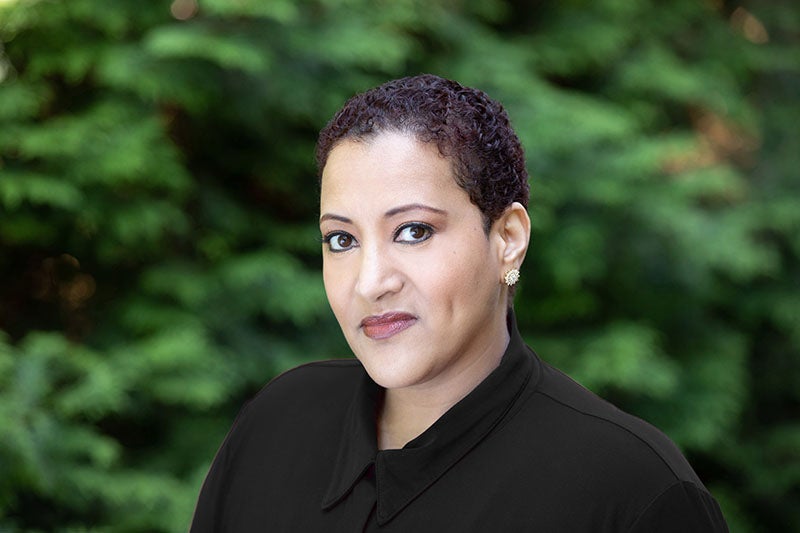Ready for the Hybrid-Work Future?
Harvard Business School professor Tsedal Neeley, who has been examining remote work for two decades, speaks with CPA Ontario about navigating the new world of hybrid remote-office work.

Professor Neeley has noticed that while many managers feel like they’ve figured out the cadence of remote work, there are many issues yet to figure out.
“All or nothing is easy,” she says, “whether it’s all remote or all-in person. But this in-between hybrid work environment requires new thinking. We need to figure out how to evaluate performance. How to run an equitable meeting when some people are in the room and others are dialling in. We need to think about how and when do we change physical spaces?”
Data already shows the blurring of boundaries between home resulting in a lot of stress and burnout, particularly amongst senior leaders. Now those leaders are facing a new set of challenges with hybrid work and it will be important to mitigate burnout.
One of the watch outs Neeley says leaders should avoid is infantilizing their workers.
“People have demonstrated in the last 16 months that they can be productive and responsible workers even when you don't see them regularly, so setting hybrid policies around butts on seats is a big mistake. It's disempowering.”
“Managers need to be clear about why they want people in the office. It should be for collaboration, for bonding and connecting and innovation-type work” says Neely. “Ask people to sit in a cubicle to join the same Zoom call they could take at home and they’ll become resentful very quickly.”
Neeley argues that managers need to build emotional trust among remote teams by sharing about themselves and reflecting empathy in their words and actions. In practice that could be:
- Spending the first six or seven minutes of a one-hour meeting checking in with the team
- Using channels like chat to say, 'give me the one word to describe how you're doing today.' Neeley says “people laugh, or you'll discover things. It becomes habitual. It need not feel contrived at all.”
- “You should do this with clients and customers as well. People feel they have to visit clients face-to-face. It turns out clients want hybrid work too. They don't want you to come to their house, so you've got to do more - and better – digitally.”
